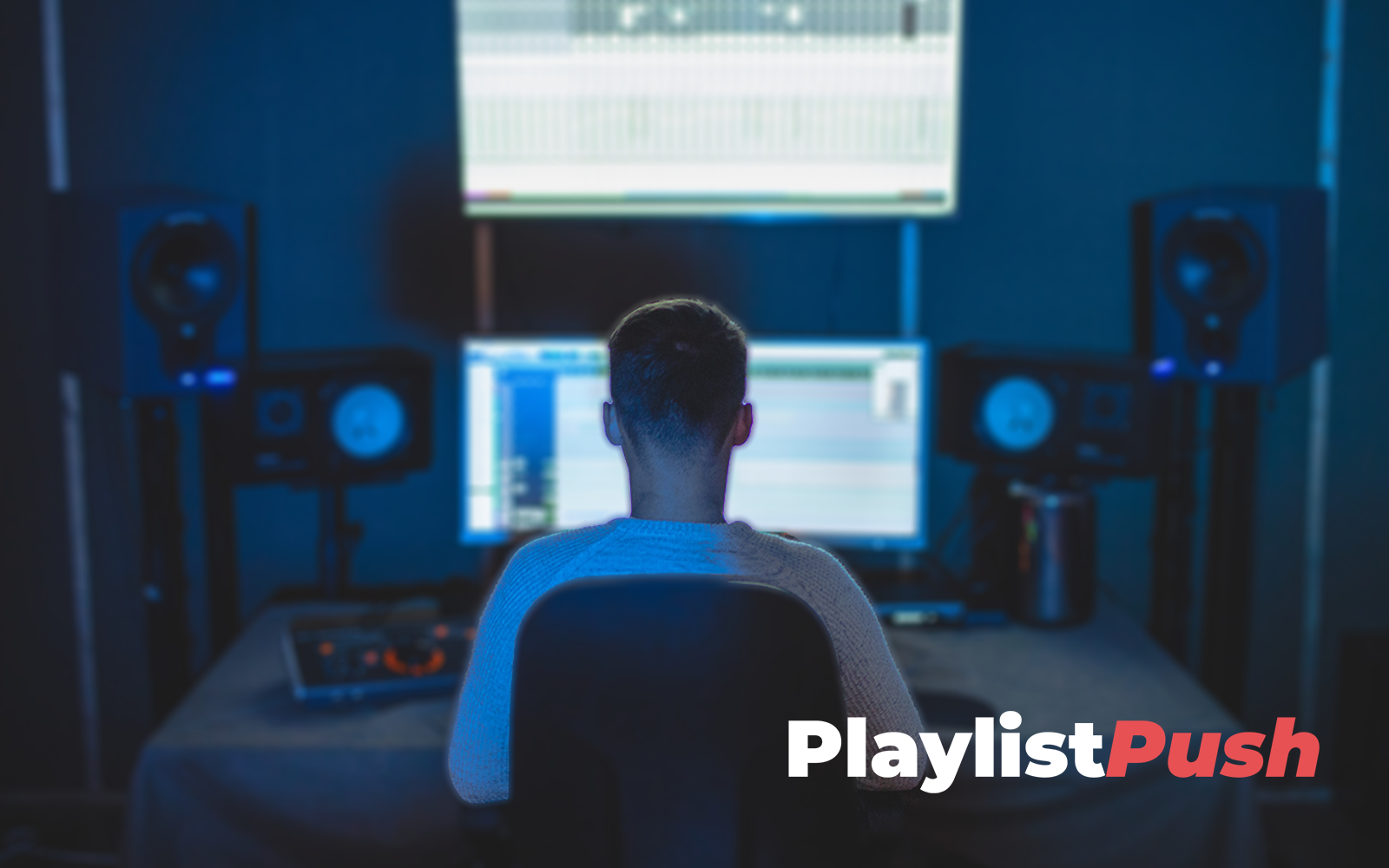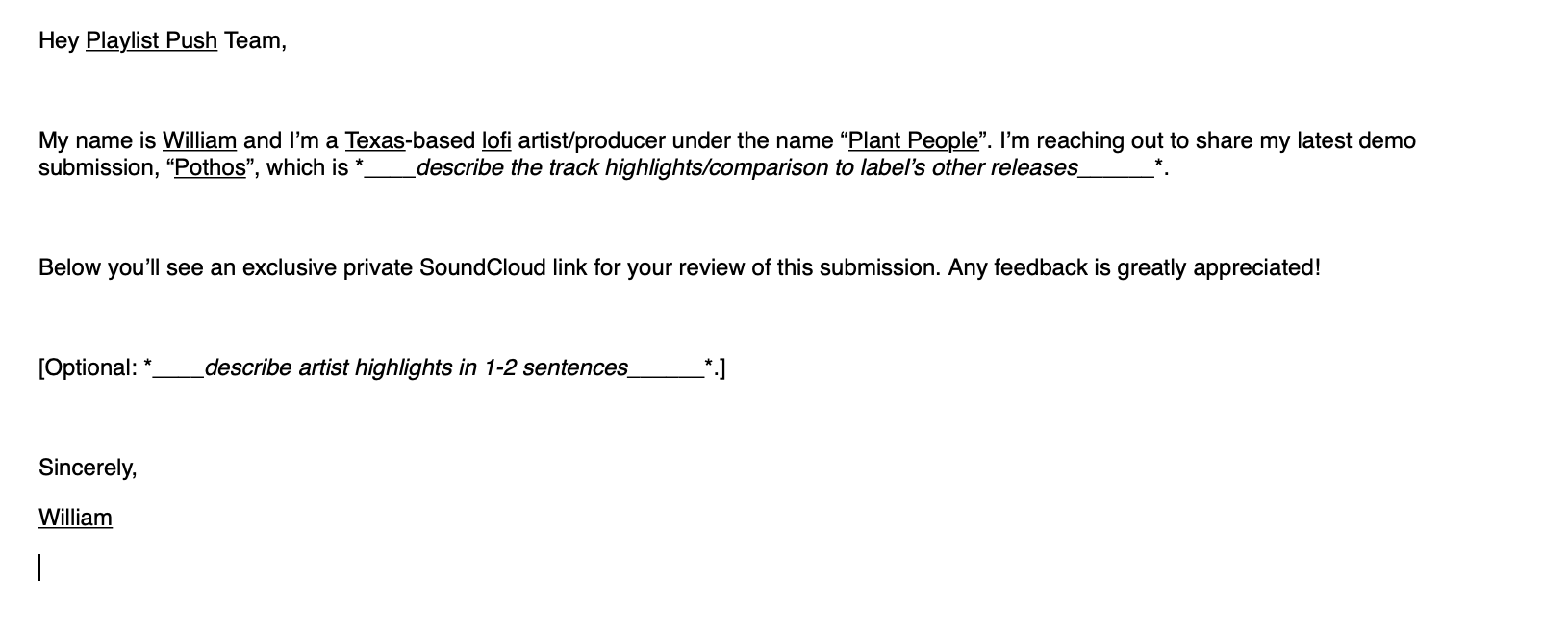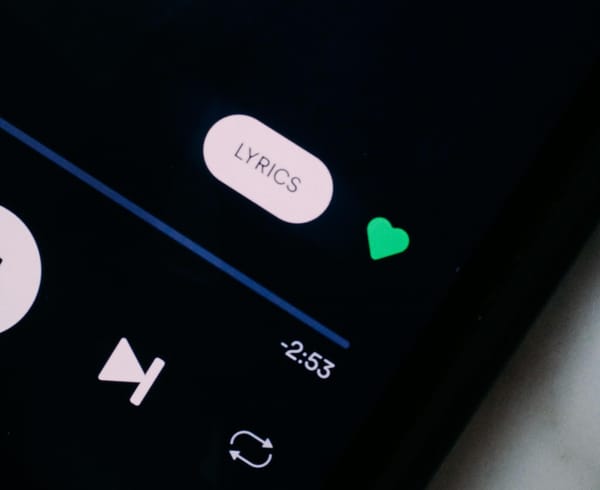How to Email Your Demo to Indie Labels

The Situation:
You’ve finished writing, recording, mixing and mastering your latest single(s) and have sat on the recording for a number of weeks, determining that this is the final version and you are 100% satisfied with the product. You’ve decided that instead of self-release, you want to submit this as a demo for a potential release by one of your favorite indie labels.
The Question:
How do you, the artist, both successfully deliver your demo to the right hands and stick out from the rest in a beneficial way?
This post will outline where to email your demos and how to do it optimally to increase your chances of getting them signed. This will include some background on the ”who” and “how”, along with a list of Do’s and Don'ts.
Disclaimer:
The following tips and tricks come from a number of resources as well as my own personal experience as an assistant A&R for two indie dance labels, one very well-known and the other more niche. While some of these points will be more impactful in that genre, many of them are universal. Consider that each demo recipient is different and will look for different things, but everyone will appreciate if you adhere to these guidelines.
Unsolicited vs. Personal Demo Submissions
The standard structure for demo submissions at indies is one designated email address for unsolicited demo submissions, and then a specific email address for the one or more people who are in charge of A&R (and the rest of the staff there).
The unsolicited demo address will look like this:
demos@recordlabelname.com
Example: demos@playlistpushrecords.com
And the A&R’s address will probably look like this:
firstname@recordlabelname.com
Example: brandon@playlistpushrecords.com
The more popular the label is, the more demos they receive and the harder it is to make sure your demo actually gets listened to. In the case that it is a bigger indie label, you will ideally want to form a personal connection with the A&R of that label - whether that be through Linkedin outreach, or introducing yourself at a show if you get the chance. Networking is its own science, and in some circles can be quickly shot down if seen as inauthentic - there are always people trying to work their way in for the wrong reasons. If you can’t make a connection beyond the unsolicited demo inbox, then your demo will probably be vetted by an intern instead of staff.
Email Etiquette

Regardless of whether you are sending your demo to the unsolicited inbox or to a specific person you met that may be expecting your demo (or at least will recognize your name from a positive real-world interaction), it is important to practice good email etiquette, for which demos have unique, additional criteria.
First, I’ll list the Do’s and Don'ts of demo email submissions. These points will help to make you look professional, avoid looking goofy, and most importantly look easy to work with. Next, I’ll offer a template to pin your email in the right direction.
DO:
- Personalize the email address you are submitting to: “Dear playlistpushrecords…”
- Add a personal touch by ending the message with your real first name (not artist name)
- Include a private SoundCloud link to the demo, preferably mentioning the label you’re submitting to somewhere in the title or playlist - next best option is Dropbox, and try not to use Google Drive as that is often the least preferred
- [If reaching out for the first time] Make a very quick intro and include some of your recent career wins (recent show, recent release on ‘x’ label) but do not tell your whole life story - the recipient should be able to pick up on your branding across any of your platforms already
- [If not reaching out for the first time] Skip the introduction or leave a light reminder of who you are
- [If you are a new artist with no wins] Let your music do most of the talking - at the very least, do your best to start some kind of following on social media, SoundCloud, and Spotify that you can mention
- State if the demo is unmastered or self-mastered in the track title within parentheses, otherwise it is assumed the demo is professionally mastered already
- Use standard language for different versions of a mix: (Original Mix), (Radio Mix/Streaming Mix), (Extended Mix)
- Be clear when trying to use the “this demo sounds like your style”/”similar to your past release ____” angle and offer specific examples to persuade
- [If solicited] Use everyday language with a recipient you’ve made a real-life connection with already
DON’T:
- Give a generic introduction without specifying the recipient: “To whom it may concern…”
- Spell the recipient label/person’s name wrong or address the wrong label/person
- Use messy formatting, i.e. links all over the place, run-on sentences, reader doesn’t know what they’re looking at
- Use unprofessional messaging, i.e. emojis, smiley faces, etc
- Leave only a hyperlink with no additional information in the email body
- Send the same demo email to multiple recipients (everyone can see who you’ve sent it to)
- Send a dead link
- Forget to put contact info/social media buttons/linktree in your Email signature
- Include a link that requires permission
- Send multiple emails of individual demos at once when one private playlist in one email will suffice
- Send the same SoundCloud private link to more than one label - 55 plays on a private link leaves a bad impression and implies that a ton of people have heard and rejected it already
- (Sent from iPhone)
Email Body Template for Unsolicited Demo Submission

Email Body Template for Solicited Demo Submission


Subject Line
There’s one final component I haven’t touched on: the subject line. If you’re submitting to an unsolicited demos inbox, you really only need the subject line to convey 1) who the artist is, 2) what track or playlist it is, and 3) that it’s a demo submission. Don’t describe the song or start a message in the subject line.
Try something along this format:
‘Artist Name - Song Title [DEMO SUBMISSION]’
If it’s a playlist, you could swap out the song title for the playlist and pluralize:
‘Artist Name - Demos Playlist for _______ ’
With these formats, the recipient can easily see who and what is in the email. There’s no one right way to write a subject line, but these suggested formats will guarantee that the recipient can easily find your email and knows what they’re opening. This can make all the difference for a label that gets 100 unsolicited submissions a week.
Here are some examples of subject lines that do not help you:
- Demo submission
- demo
- Hello, ______ team! This is ______. (DEMO)
- Tech House song Submission
- Dark club type beat for _______
- I have some new tunes I think you'll enjoy!
Final Thoughts
In retrospect, the whole process of writing an email from the subject line down to the end of the email body seems overthought and tedious. And in the end, there are A-list managers and artists that ignore all of the guidelines I’ve mentioned and get away with it, too.
But consider this - after the endless amount of hours composing, arranging, recording, adding, deleting, adding back, mixing, and mastering, how many emails are you sending to your dream label to get this song heard?
One.
Looking to Promote your own Music?
Use our Spotify Playlist Promotion or TikTok Music Promotion service.





